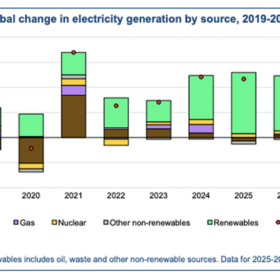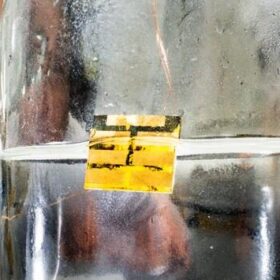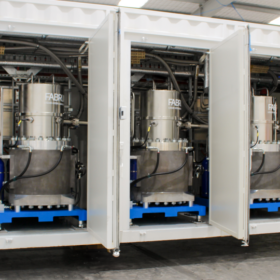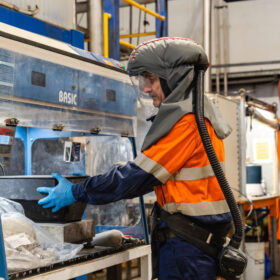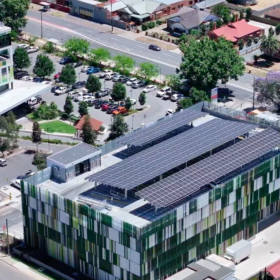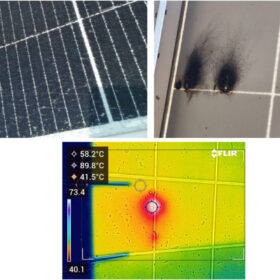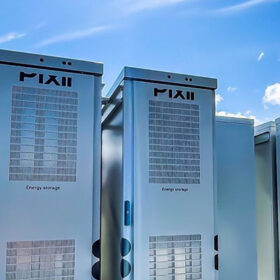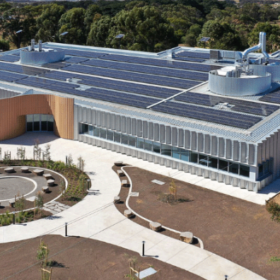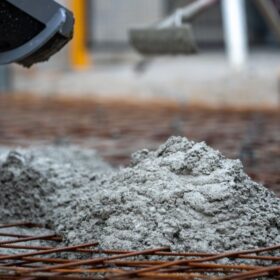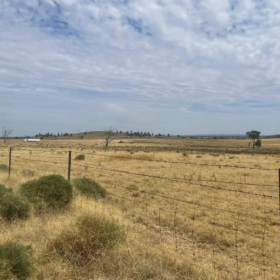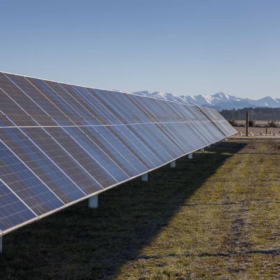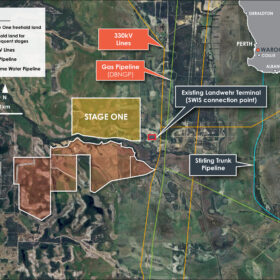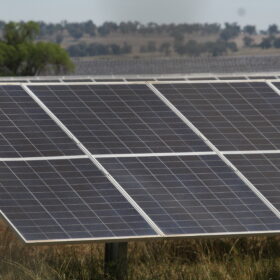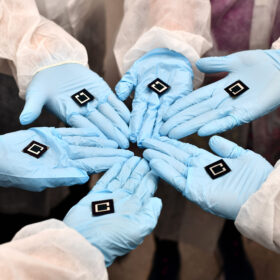Solar generation grew by 30% in 2024, says IEA
The International Energy Agency’s latest market analysis says global solar generation surpassed the 2,000 TWh mark in 2024. It grew by 30% year-on-year for its highest growth rate since 2017, adding 475 TWh in the calendar year.
Water-based recycling of perovskite solar cells
An international team has developed a new technique to recycle perovskite solar cells (PSC) made on glass substrates using a water-based solution. Tests showed that the recycled cells were as efficient and stable as the original devices.
Airport-based green hydrogen test plant paves way for zero emissions aviation
Aotearoa New Zealand green hydrogen solutions company Fabrum has opened an advanced liquid hydrogen test facility in partnership with Christchurch International Airport to support the development of green hydrogen-powered technologies, primarily in aviation.
VSPC eyes cathode powder global supply chain with $30 million ARENA grant
Queensland manufacturing company The Very Smart Particle Company has been granted $30 million non-recourse funding to commercialise a new process for manufacturing cathode powder used in lithium-ion batteries.
Local government solar and battery initiatives win federal funding
The Australian government has released $50 million to local governments across the country to co-fund energy efficiency and electrification upgrades in round one of its community energy upgrades fund.
Study shows reducing number of solar modules per string reduces hotspots risk
Scientists in Indonesia have investigated early operational defects in a 24.9 MW solar PV system in Sumatra and have identified hotspot formation as the dominant defect. They also detected 282 cases of glass cracking, 350 cases of junction box failures and shading effects linked to module defects.
U.S. start-up unveils ‘world’s largest’ transparent organic PV window
California-headquartered Next Energy said its laminated transparent power-generating windows were produced with its pilot production line.
Pixii community batteries start trading in the national electricity market
Three New South Wales regional towns have switched on 192 kW / 530 kWh community batteries under the federal government’s Community Batteries for Household Solar program and are now trading in the National Electricity Market.
Aviation hydrogen fuel cell research takes to the sky with strategic partnership
The hunt for higher-performance hydrogen fuel cells for aviation has resulted in a research partnership between Australian aerospace company AMSL Aero and Deakin University’s hydrogen hub, Hycel.
Boral trials recycled solar panels as sand alternative in concrete mix
Construction materials company Boral is trialling the use of crushed glass sourced from end-of-life and damaged solar panels as a partial replacement for natural sand in concrete production.
